People looking for durable, lightweight tents have a lot of great options today.
There are some amazing products for affordable prices that are easy to set up and deliver high performance for years. Copper Spur and Tiger Wall are two of the most popular brands you may encounter when researching which tent to buy.
Which is better, though, Copper Spur or Tiger Wall?
Copper Spur wins in the quality column, offering better height and space for hikers and campers. However, it’s a bit heavier and costs more than Tiger Wall, so it may not be the best choice for people who are focused on keeping packs light.
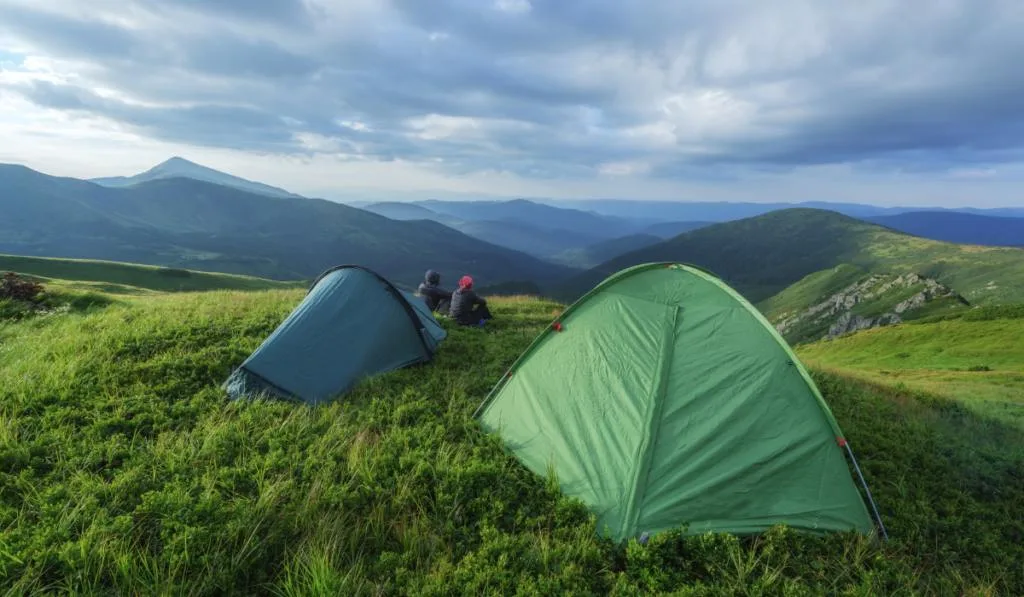
Both tent models come in one-person, two-person, and three-person configurations.
You can plan well whether you’re solo hiking the Pacific Crest Trail or taking the family on a trip to one of our national parks.
Typically, most campers and hikers will be perfectly happy with either Copper Spur or Tiger Wall, but subtle variations will make a difference as you use them more often.
Here’s a helpful comparison between Copper Spur and Tiger Wall to help you decide which tent is best. Having the right gear always makes trips more fun!
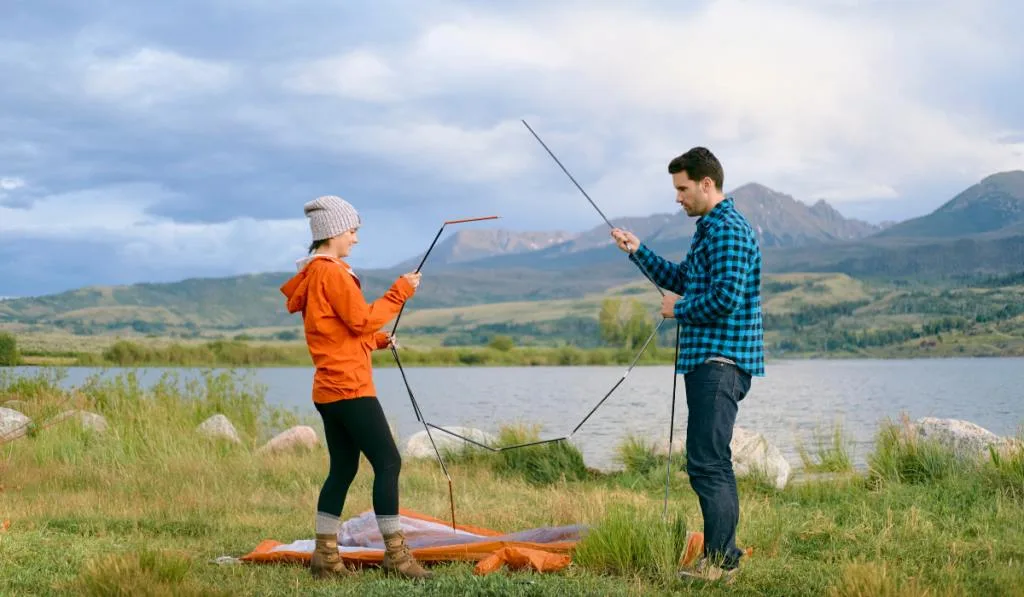
Table of Contents
Picking Tiger Wall to Save on Weight
One of the best features of the Tiger Wall tent is that it is light. This matters a lot when you’re packing a lot of gear for a family camping trip.
It’s nice to have a lighter bundle when you pick up your tent after you’ve unloaded coolers, camping chairs, cooking stoves, and other heavy gear.
The same goes for people who want to hike with their tents in their packs.
A small weight difference may not seem like a lot at first, but you’ll realize the impact of your tent choice when you’re on mile fifteen for the day.
A Tiger Wall tent is probably the best choice for distance hikers because of the weight difference.
The shorter height and less room won’t matter as much because you’re not spending much time in your tent. You’ll crawl inside exhausted for the day and fall right asleep.
When compared across models, Tiger Wall measures one and a half inches shorter and half an inch thinner than Copper Spur when packed down.
It weighs 2 lbs 8 oz, making it one of the lightest options anywhere. The Copper Spur weighs a bit more at 3 lbs 1 oz.
Copper Spur for Space and Durability
Tiger Wall is lighter and more affordable. Therefore, some people might think that it’s an easy choice.
However, many campers don’t mind carrying a few extra ounces if it means they can get more room when the tent is set up.
Copper Spur has extra height and a full square foot of extra room when standing. That may not seem like a lot, but it makes a huge difference when you spend several nights in a tent.
If you’re taller, you’ll feel more comfortable stretching out in Copper Spur.
The extra room and other features will cost you more when you buy Copper Spur, but it’s a fantastic choice if budget is no concern.
Copper Spur also has a larger vestibule area on either side of the tent, measuring nine feet compared to Tiger Wall’s eight.
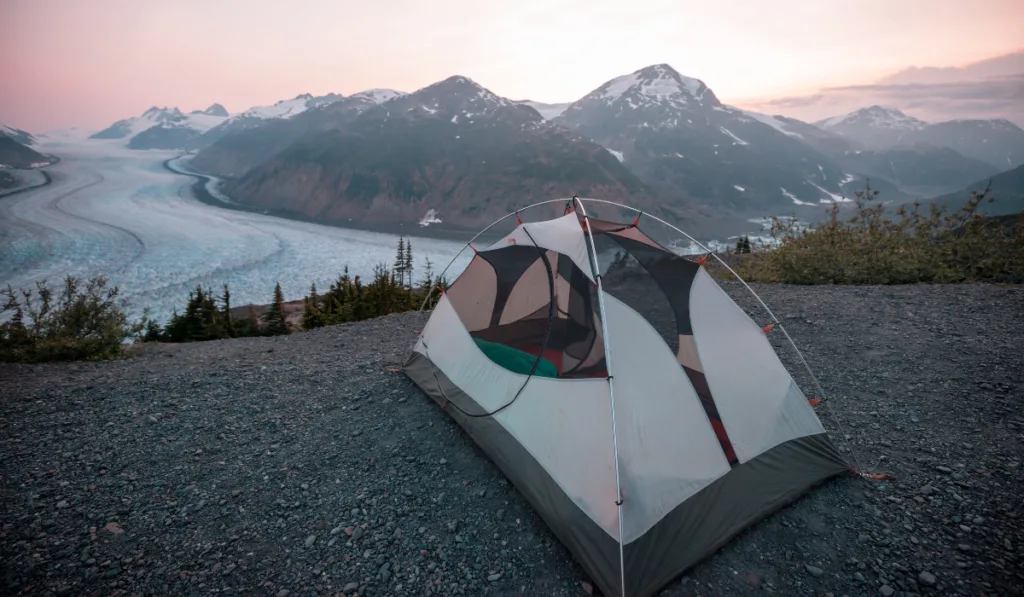
Freestanding vs. Semi-Freestanding
One of the main reasons people love Copper Spur is that it’s a freestanding tent.
It’s hard to beat the convenience of setting up freestanding tents because you only need a single stake to secure it in place.
Copper Spur performs very well in high winds, rain, and other harsh weather conditions.
It’s built tough and will do well at keeping you dry when it’s wet outside.
Tiger Wall, on the other hand, is a semi-freestanding tent, which means you’ll need to secure it with more stakes.
As a result, the setup process is longer, and you could run into issues if the stakes aren’t set correctly.
However, let’s not overstate the difference between the two. When set up properly, both tents are very robust and will stay in place in all but the most extreme weather conditions.
Copper Spur is a great choice for people who want to save time getting their tent set up and don’t want to have to worry as much about staking their tents down.
Users also frequently report that Copper Spur is better at staying calm when it’s windy and rainy.
Its vestibules tend to perform better in higher winds, which means less rattling while you’re trying to sleep.
Tiger Wall will keep you dry and safe, but you may have more trouble sleeping as you listen to the walls shake back and forth.
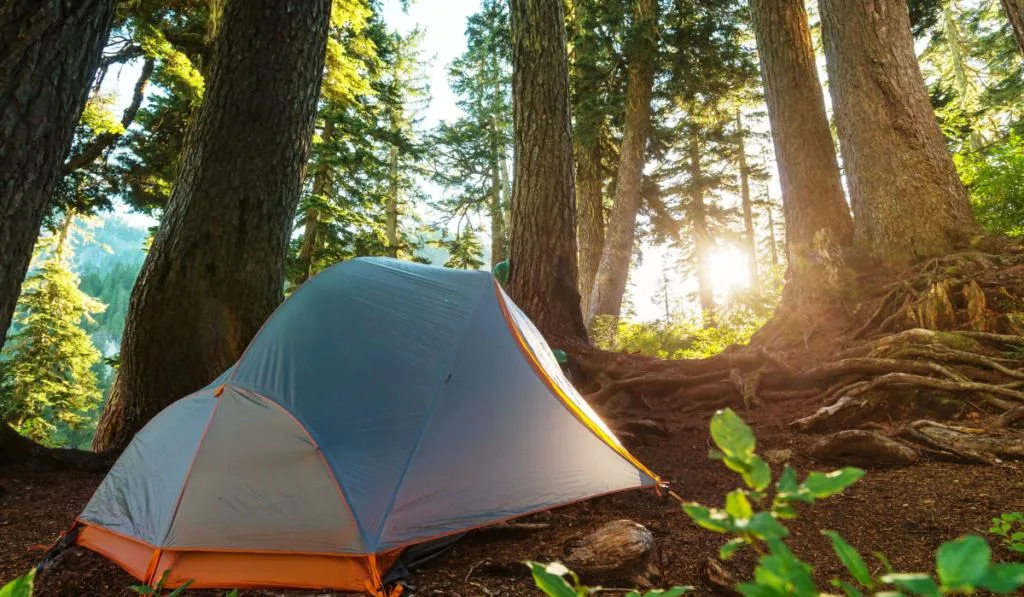
Strength
Some of that extra strength from Copper Spur comes from its 20-denier fabric.
When compared to Tiger Wall’s 15-denier fabric, Copper Spur feels more secure, which is why it does so much better in bad weather.
If you have kids, dogs, etc., along for your trip, you’ll be glad you have the stronger walls of Copper Spur.
Solo campers won’t care as much, and the 15D walls still do well but save on weight to make the tent lighter.
Comparing the Rain Fly Cover
Both Copper Spur and Tiger Wall have good rain-fly coverage.
However, one of the main drawbacks of Tiger Wall is that it doesn’t have a tension line that can adjust how high or low the cover sits because it attaches to the same corner tent stake.
One workaround is to bring an extra stake with you to attach the rain cover, which can eliminate all the weight savings you get from packing Tiger Wall on your trip.
Copper Spur uses a separate stake for the fly’s foot and head, so you can enter either door without worrying so much about getting wet.

Privacy
Tiger Wall is made almost entirely of mesh. Its mesh walls run from top to bottom, offering little in the way of privacy when the rain cover isn’t on.
The same goes for fighting any wind that comes your way as you camp.
People who love camping with the fly off but want a bit of privacy will likely prefer Copper Spur because the bottom half of the tent is made from solid material rather than mesh.
As a result, you can sleep, change, and set up without worrying about others peeking in.
Color Options
Some people make their decision based on the color of the tent.
Users occasionally complain about the yellow color of Tiger Wall because the sun still breaks through the fly and tent walls in the morning.
Depending on where you are, you may not get to sleep in as late as you like.
The same goes for when the moon is particularly bright. In some areas of the country, the moon can be very bright, especially when it’s full.
As a result, some people claim the moonlight shines through more than they would like in the lighter Tiger Wall tent.
Copper Spur comes with a solid red rain fly that stops the sun much better. You’ll be able to sleep later and fall asleep faster.
This is very handy for people who have difficulty getting used to sleeping in tents.
Copper Spur is also a great choice for people camping with kids who have trouble falling asleep.
Choosing the Best Tent
It’s hard to come down on either side without knowing each camper’s preferences. Looking at both tents side by side, it’s easy to think Copper Spur is better because it is sturdier and bigger.
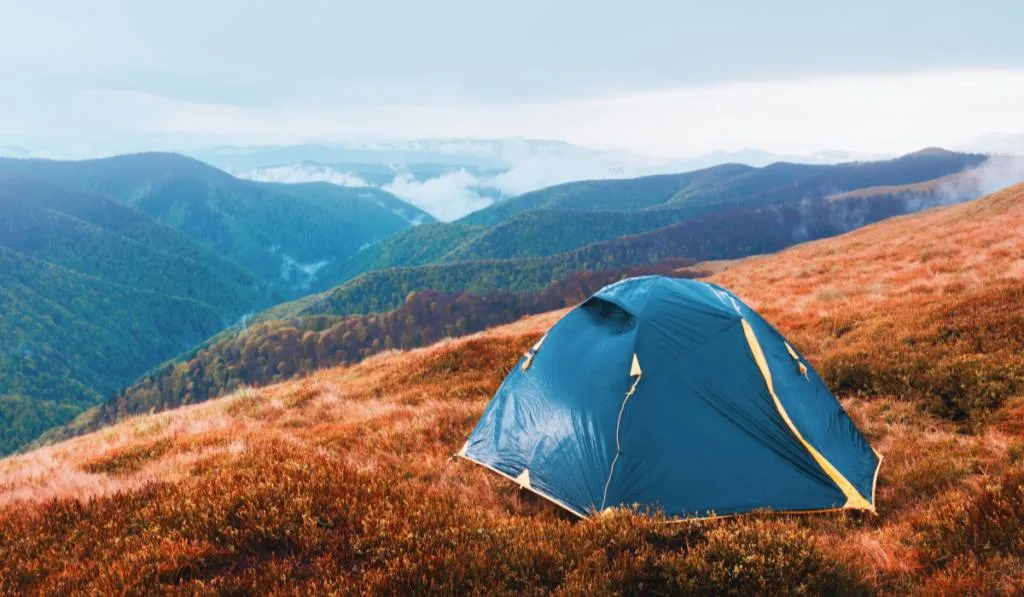
It’s certainly a wonderful choice for people who want more room in a lightweight tent.
You’ll be glad you picked it the first time you’re camping when it starts to rain or the wind picks up.
People regularly say that Copper Spur is easier to get in and out of, which can come in handy if you’re camping with kids.
The tent gives you good privacy and more headroom, and it is freestanding, which makes it fast to set up when you’ve got a million other things to do on your trip.
Tiger Wall is the best choice for folks who want the lightest premium tent possible.
You’ll notice the weight difference when you’re moving around or packing your bag for the next camping trip.
Privacy issues disappear once you have the rain cover on, and the fact that Tiger Wall is a semi-freestanding tent will only cost you a few minutes when you put your tent up.
Final Thoughts
Saying which tent is better is hard because they’re both great products!
If you’re a camper who wants to feel secure while you sleep and you don’t mind the extra ounces, then Copper Spur is a terrific choice.
It’s probably the best option for people who camp with small children or know they are going somewhere with rain and wind.
Camping in the Pacific Northwest means you’re almost sure to encounter rain, so having the extra wall strength and fly coverage is an easy call!
We’re giving the overall edge to Copper Spur on this one, but Tiger Wall is still a great choice if you want something lighter that still performs well.
